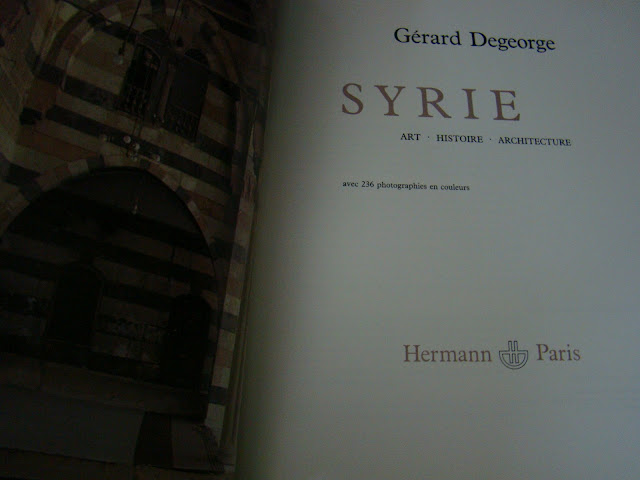Buckminster Fuller ::: Everything I Know
session 01 (entire) - January 20, 1975
session 02 (entire) - January 20, 1975
session 03 (entire) - January 20, 1975
session 04 (entire) - January 20, 1975
session 05 (entire) - January 20, 1975
session 06 (entire) - January 20, 1975
http://archive.org/search.php?query=collection%3Abuckminsterfuller&sort=-publicdate

